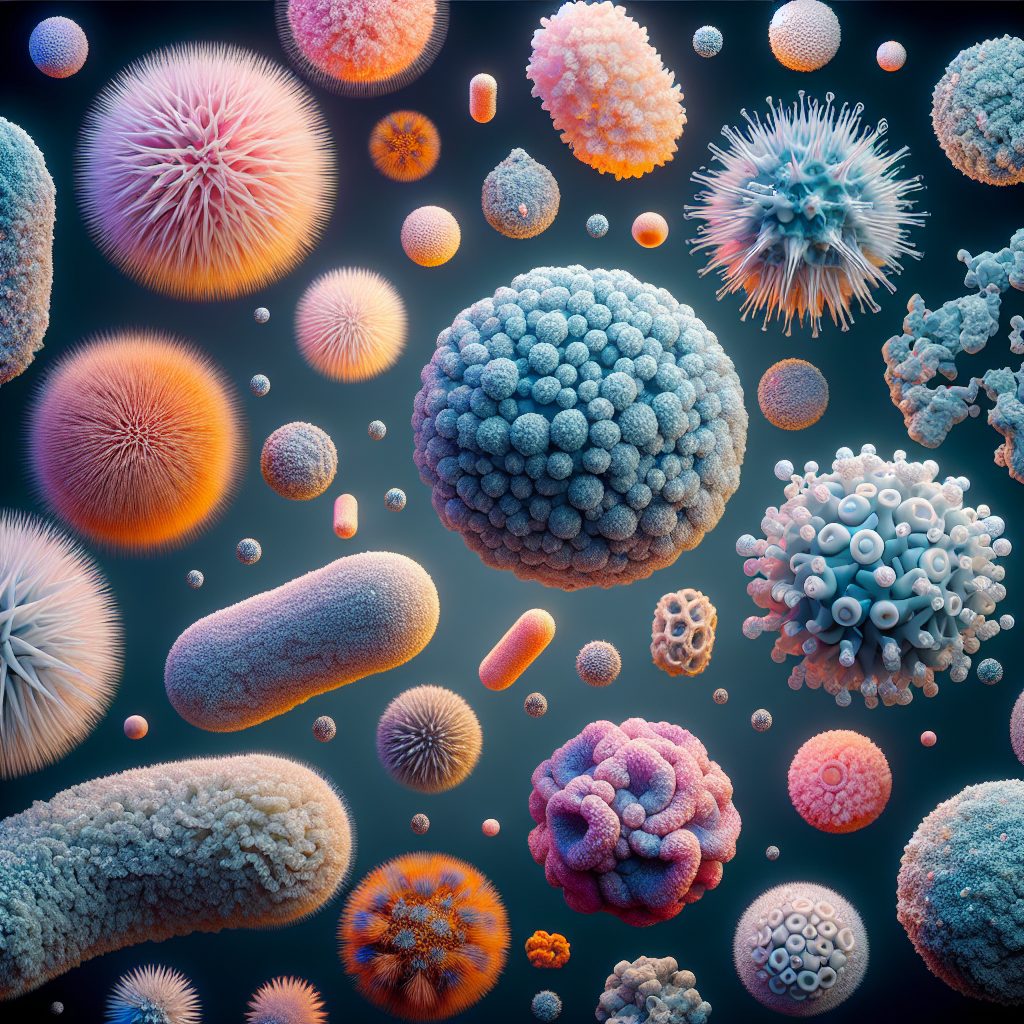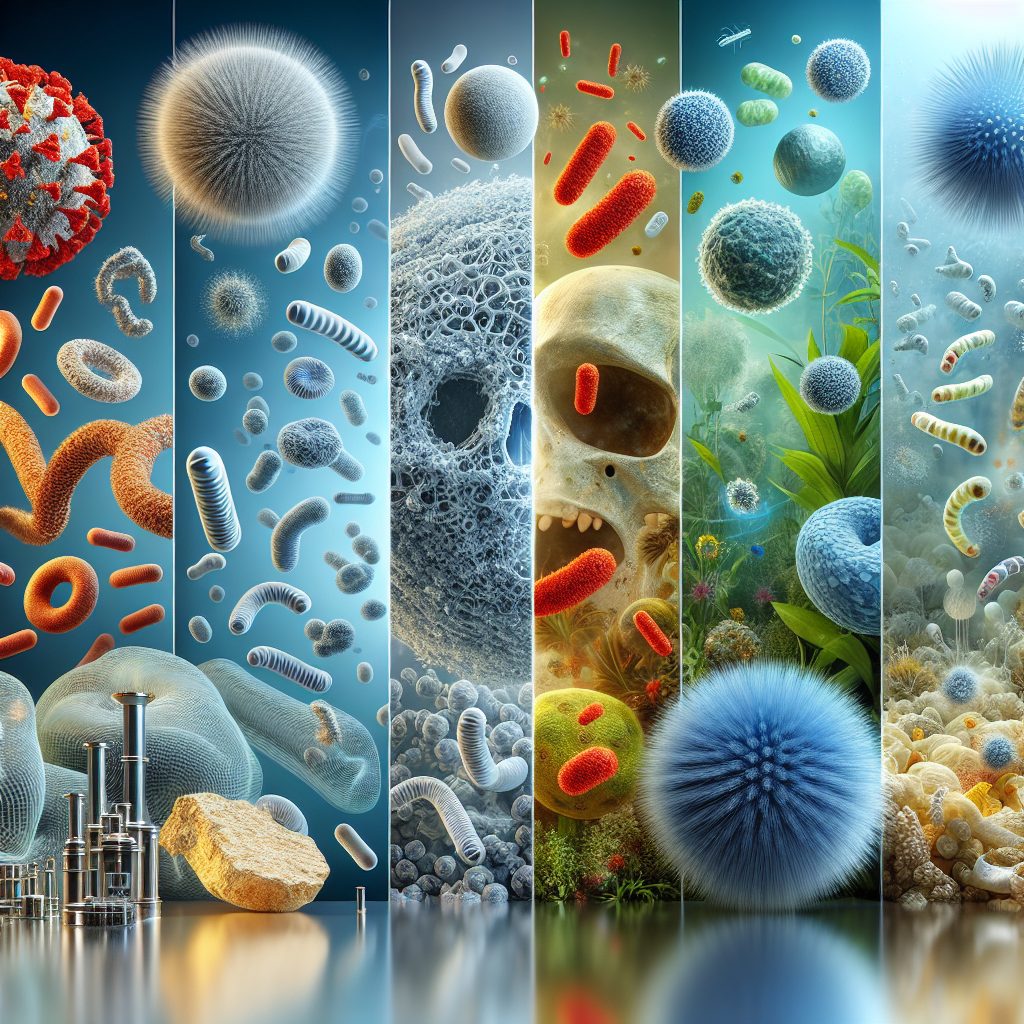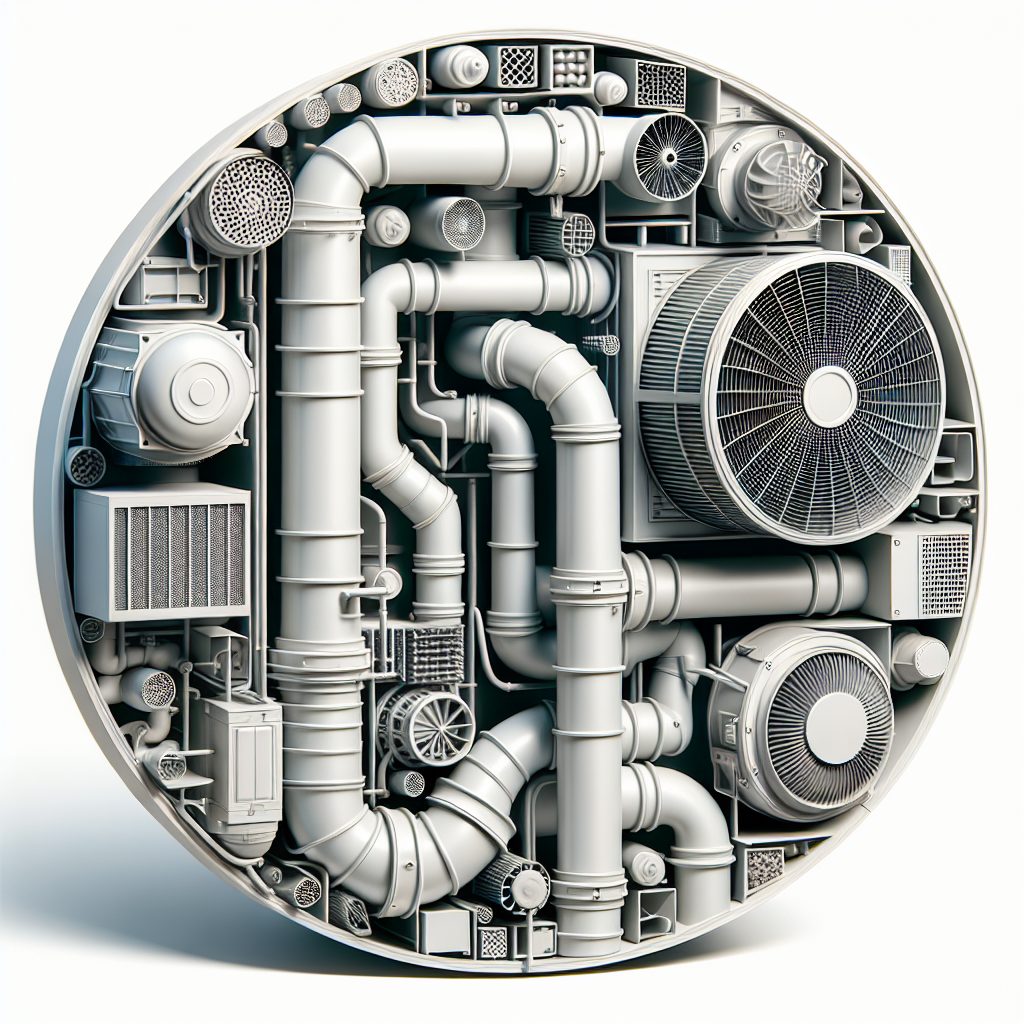Day: February 9, 2024

Unveiling the Intricate Dance: Bioaerosols & Atmospheric Dynamics
Bioaerosols refer to tiny airborne particles that contain living organisms, such as bacteria, fungi, viruses, or pollen. These microscopic entities, often invisible to the naked eye, play a significant role in Earth’s atmospheric dynamics. One unique fact about bioaerosols is their ability to travel vast distances, as they are easily…

Unveiling the Impact of Bioaerosols: Particle Size Matters!
Bioaerosols are a fascinating and crucial aspect of our environment, as they encompass a wide range of airborne particles that are of biological origin. Often consisting of bacteria, viruses, fungi, pollen, or other organic matter, bioaerosols can have significant impacts on human health, agriculture, and the overall ecosystem. These microscopic…

Bioaerosols: The Silent Threat to Environmental Health
Bioaerosols are an often overlooked yet crucial aspect of our environment that significantly impact human health. These are airborne particles that contain living organisms such as bacteria, fungi, and viruses. In fact, bioaerosols are found virtually everywhere, from outdoor environments such as forests and agricultural fields, to indoor settings like…

Unveiling the Hidden Threat: Bioaerosols & Viral Spread
Bioaerosols are tiny particles suspended in the air that contain living organisms, such as bacteria, fungi, and viruses. These minuscule particles can travel through the air for long distances, posing a potential risk for the spread of various respiratory infections. The ability of bioaerosols to carry and transmit viruses has…

Revamp Your Home’s Air Quality: Residential Ventilation Solutions
Residential ventilation is a crucial aspect of any home that often goes unnoticed. It refers to the process of replacing stale indoor air with fresh outdoor air, ensuring a healthier and more comfortable living environment. Did you know that the air inside our homes can be up to five times…

Unveiling the Hidden Dangers: Bioaerosols & Airborne Diseases
Bioaerosols are microscopic airborne particles that consist of organic and inorganic substances, such as bacteria, fungi, viruses, and pollen. These minuscule particles are suspended in the air and can often go unnoticed by the naked eye. However, their impact on human health and the environment should not be underestimated. With…

Unveiling the Hidden Dangers: Bioaerosols & Airborne Transmission
Bioaerosols are microscopic particles that are suspended in the air and have originated from biological sources such as bacteria, viruses, fungi, pollen, and other organic materials. These particles, while invisible to the naked eye, play a significant role in the transmission of various diseases. It is a well-known fact that…

Revolutionizing Green Tech: Unveiling the Power of Bioaerosols
Bioaerosols are microscopic particles that are suspended in the air and are generated by biological sources such as bacteria, fungi, viruses, and plants. These tiny particles are not only significant from a public health perspective but have also become a focal point in the context of green technology. With the…

Unveiling the Hidden Threat: Bioaerosols in Public Spaces
Bioaerosols are microscopic particles that originate from living organisms, such as bacteria, fungi, viruses, and pollen, suspended in the air. These minuscule particles can often be found in public spaces, where people converge and breathe the same air. It is intriguing to think that every breath we take in these…

Unveiling the Hidden Dangers: Bioaerosols & Human Exposure
Bioaerosols are microscopic particles consisting of living organisms or fragments of living organisms that are suspended in the air. These bioaerosols can include bacteria, fungi, viruses, and pollen, among other biological materials. One unique fact about bioaerosols is that they can be released into the air through various natural and…

Breathe Easy: Tackling Bioaerosols & Pollution
Bioaerosols refer to tiny particles suspended in the air that are of biological origin. These particles can arise from various sources such as bacteria, viruses, fungi, pollens, and even fragments of plants and animals. One unique fact about bioaerosols is that they are ubiquitous in nature and can be found…

Ultimate Guide to HVAC Ventilation: Top Tips for Optimal Air Quality
HVAC ventilation is an integral aspect of a building’s overall heating, ventilation, and air conditioning system. It refers to the process of exchanging indoor and outdoor air to maintain a comfortable and healthy indoor environment. One unique fact about HVAC ventilation is that it not only regulates temperature but also…

Unveiling the Secrets of Bioaerosols: Exploring Microbial Ecology
Bioaerosols and microbial ecology are fascinating fields of study that delve into the intricate relationship between microorganisms and the environment. Bioaerosols refer to airborne particles that contain living organisms, such as bacteria, fungi, viruses, and pollen. These microscopic entities can have significant impacts on human health, agriculture, and ecological processes.…

Revolutionize Building Design with Bioaerosols: A Game-Changer!
Bioaerosols, also known as biological aerosols, refer to airborne particles that are composed of living or dead microorganisms, such as bacteria, fungi, viruses, and pollen. These minuscule particles have the potential to cause adverse health effects when inhaled by humans. When it comes to building design, bioaerosols can play a…

Unveiling the Hidden Dangers: Bioaerosols & Transmission Routes
Bioaerosols are tiny particles of organic matter, such as bacteria, fungi, and viruses, floating in the air. These bioaerosols can originate from a variety of sources, including human activities, natural processes, and environmental factors. Interestingly, bioaerosols have been found to play a significant role in the transmission of various diseases.…
